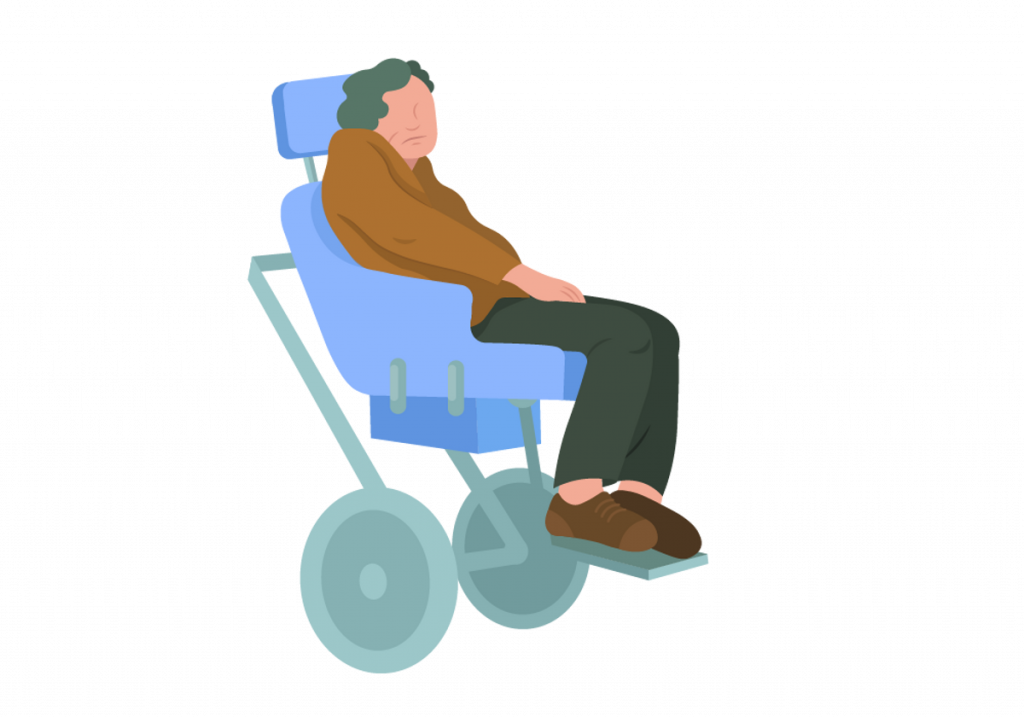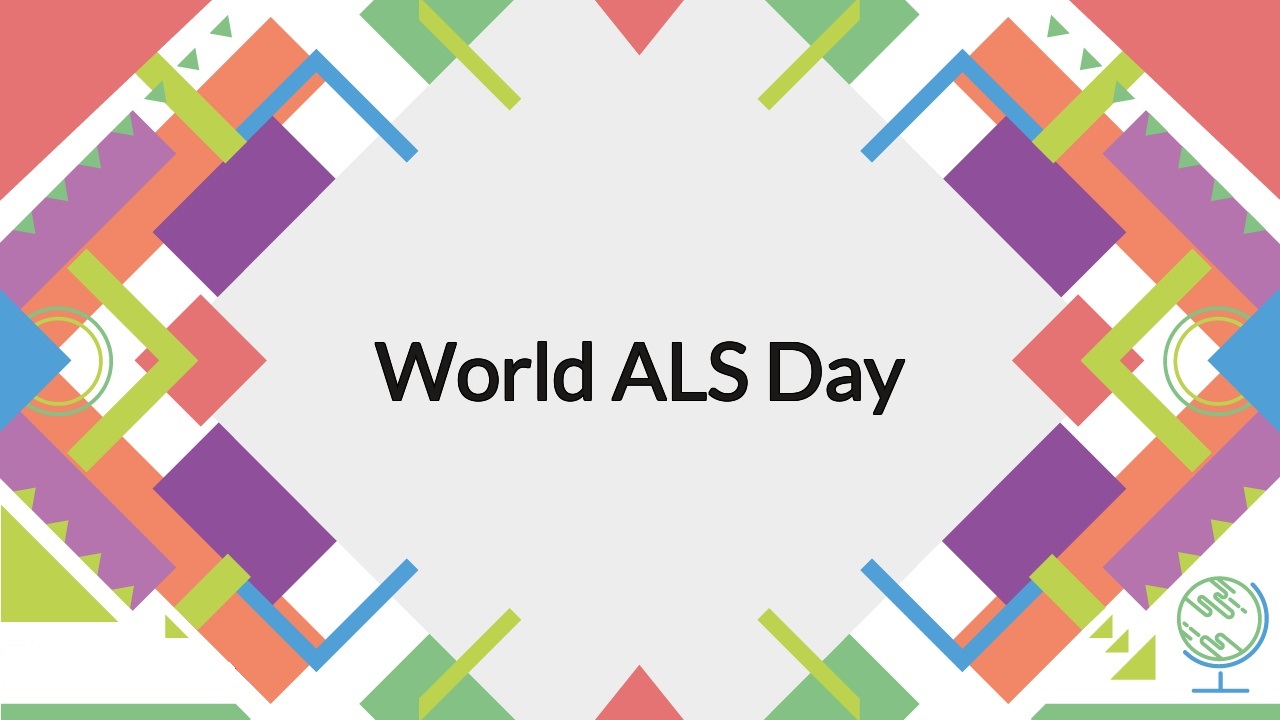June 21 is Global ALS Awareness Day; the celebration of this day is intended to make society and institutions aware of the situation experienced by those affected. The aim is to dedicate more resources to the research and development of treatments for this disease.

What is ALS?
Amyotrophic lateral sclerosis (or ALS) is a disease of the central nervous system, characterized by progressive degeneration of motor neurons in the cerebral cortex (upper motor neurons), brainstem, and spinal cord (lower motor neurons). The consequence is muscle weakness that can progress to paralysis, spreading from one body region to another. It threatens motor autonomy, oral communication, swallowing, and breathing, although the senses, intellect, and eye muscles remain intact. The patient needs more and more help to carry out activities of daily living, becoming more dependent.
The disease especially affects people between the ages of 40 and 70. more frequently in men between 60 and 69 years. Each year there are about 2 cases per 100,000 inhabitants.
Variants:
• Sporadic ALS: its appearance seems random. It is not possible to identify any type of risk factor (neither environmental, professional, geographical nor food, or cultural) associated with it. It is the most frequent, with more than 90% of registered cases.
• Familial ALS: this is a hereditary variant with a typically autosomal dominant profile: there is evidence for a group of patients that constitute between 5% and 10% of cases.
Causes
One in 10 cases of ALS is due to a genetic defect. The cause is unknown in most other cases. In ALS, motor nerve cells (neurons) wear out or die and can no longer send messages to muscles. Over time, this leads to muscle weakness, spasms, and an inability to move your arms, legs, and body. The condition slowly gets worse. When the muscles in the chest area stop working, it becomes difficult or impossible to breathe.
Having a relative with a hereditary form of the disease is a risk factor for ALS. Other risks include service in the armed forces. The reasons for this are unclear, but it may have to do with environmental exposure to toxins.
An Amyotrophic Lateral Sclerosis Tool: Text-To-Speech By Woord
Woord is our number one choice for its intuitive design when talking about accessibility and inclusion. This Saas is an excellent tool for those who do not have much experience with this type of software; if what you need is a simple and good quality job, Woord will fulfill the task. Also, allows you to select the type of device on which you will play the audio; doing so will apply effects that will improve the quality of the MP3 file.

Since we are talking about inclusion, we must mention that this free ai voice generator has female, male, and gender-neutral voice styles. Also, Woord has an SSML editor, allowing you to adjust the speed of the audio without affecting the quality. Many blind people have the ability to interpret sounds faster than average; adjusting the pace of the audio can make the process much faster for them.
Finally, we must say that in addition to the fact that the free option is excellent, buying a pro version can be a good investment for teaching work. In this sense, Woord is also a great option for its affordable prices.

